LCD panel maker AU Optronics Corp (AUO, 友達光電) yesterday introduced its first share capital reduction program and a NT$55.77 billion (US$1.94 billion) return distribution program in a three-year span starting this year.
The program’s aim is to improve shareholders’ long-term return on equity, the company said.
AUO shareholders this year are to receive a cash dividend of NT$3 per share, including NT$1 from last year’s earnings and NT$2 paid back by the company through a 20-percent share capital reduction plan.
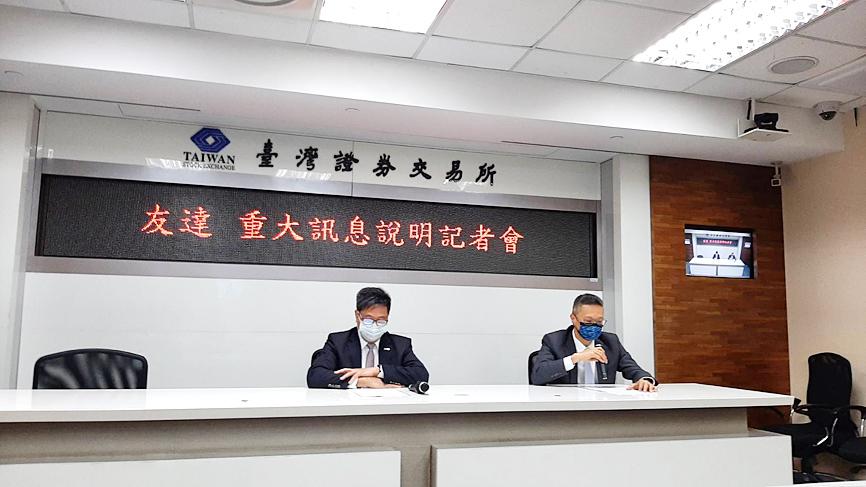
Photo: Chen Mei-ying, Taipei Times
The company expects share capital to fall to NT$76.99 billion after the program takes effect in June.
As a result, AUO’s payout ratio would reach 46.5 percent based on the company’s earnings per share last year of NT$6.44. The distribution would cost the company NT$28.82 billion this year, it said.
The distribution program reflects AUO’s long-term efforts to improve its financial structure and to transform itself into a supplier of valued-added flat panels, the company said.
The value-added products, which include premium panels and other products used in vehicles, medical devices and industrial equipment, are less exposed to industry fluctuations, and contributed about 50 percent to the company’s revenue last quarter, it said.
“AUO has confidence that it can reduce the influence of industry cycles and generate a balanced operating cash flow. We commit to delivering stable and clear three-year shareholder returns to enhance long-term shareholder equity and corporate values,” AUO chairman Paul Peng (彭雙浪) told a media briefing in Taipei yesterday.
“To cope with the rapidly growing LCD panel industry, the company has broadened operational scale through share capital expansion. We now believe the company is capable of generating better profits with streamlined share capital,” he said.
AUO does not expect the outlays to affect operations and investments in new manufacturing facilities, given its ability to generate healthy cash flow, Peng said, adding that the company last year generated about NT$104.7 billion in cash from operations, helping to reduce AUO’s net debt-to-equity ratio to minus-10.6 percent at the end of last year.
The company has accumulated NT$80.67 billion in retained earnings and NT$60.06 billion in capital surplus, he said.
AUO last month announced an investment in a G8.5 production line in Taichung, its first new line since 2010. It is to begin operation in 2025.
An investment of NT$100 billion to NT$150 billion is likely needed to reach full capacity, Peng said.
To fund new capacity expansion in Kunshan, China, AUO raised its capital expenditure to NT$45 billion this year from NT$17 billion last year, he said.
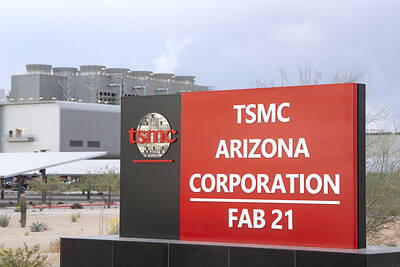
Taiwan Semiconductor Manufacturing Co (TSMC, 台積電), the world’s biggest contract chipmaker, booked its first-ever profit from its Arizona subsidiary in the first half of this year, four years after operations began, a company financial statement showed. Wholly owned by TSMC, the Arizona unit contributed NT$4.52 billion (US$150.1 million) in net profit, compared with a loss of NT$4.34 billion a year earlier, the statement showed. The company attributed the turnaround to strong market demand and high factory utilization. The Arizona unit counts Apple Inc, Nvidia Corp and Advanced Micro Devices Inc among its major customers. The firm’s first fab in Arizona began high-volume production
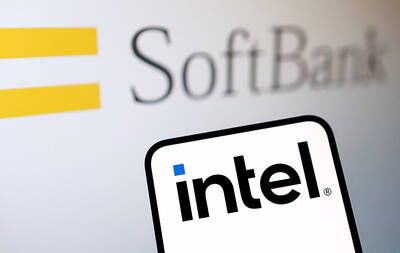
VOTE OF CONFIDENCE: The Japanese company is adding Intel to an investment portfolio that includes artificial intelligence linchpins Nvidia Corp and TSMC Softbank Group Corp agreed to buy US$2 billion of Intel Corp stock, a surprise deal to shore up a struggling US name while boosting its own chip ambitions. The Japanese company, which is adding Intel to an investment portfolio that includes artificial intelligence (AI) linchpins Nvidia Corp and Taiwan Semiconductor Manufacturing Co (TSMC, 台積電), is to pay US$23 a share — a small discount to Intel’s last close. Shares of the US chipmaker, which would issue new stock to Softbank, surged more than 5 percent in after-hours trading. Softbank’s stock fell as much as 5.4 percent on Tuesday in Tokyo, its
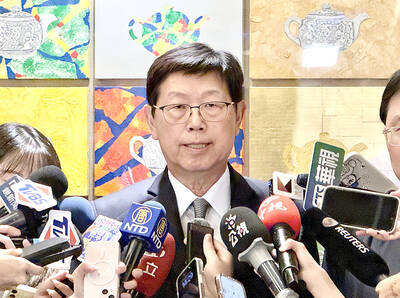
COLLABORATION: Softbank would supply manufacturing gear to the factory, and a joint venture would make AI data center equipment, Young Liu said Hon Hai Precision Industry Co (鴻海精密) would operate a US factory owned by Softbank Group Corp, setting up what is in the running to be the first manufacturing site in the Japanese company’s US$500 billion Stargate venture with OpenAI and Oracle Corp. Softbank is acquiring Hon Hai’s electric-vehicle plant in Ohio, but the Taiwanese company would continue to run the complex after turning it into an artificial intelligence (AI) server production plant, Hon Hai chairman Young Liu (劉揚偉) said yesterday. Softbank would supply manufacturing gear to the factory, and a joint venture between the two companies would make AI data
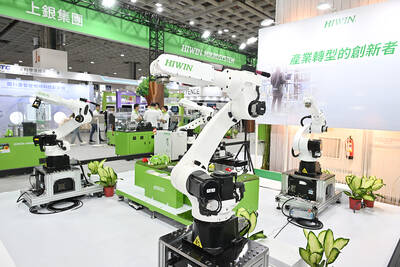
The Taiwan Automation Intelligence and Robot Show, which is to be held from Wednesday to Saturday at the Taipei Nangang Exhibition Center, would showcase the latest in artificial intelligence (AI)-driven robotics and automation technologies, the organizer said yesterday. The event would highlight applications in smart manufacturing, as well as information and communications technology, the Taiwan Automation Intelligence and Robotics Association said. More than 1,000 companies are to display innovations in semiconductors, electromechanics, industrial automation and intelligent manufacturing, it said in a news release. Visitors can explore automated guided vehicles, 3D machine vision systems and AI-powered applications at the show, along